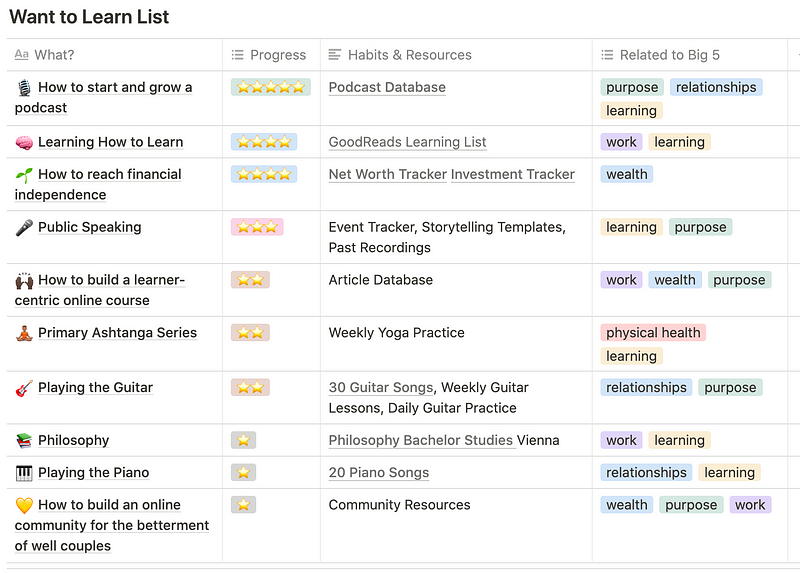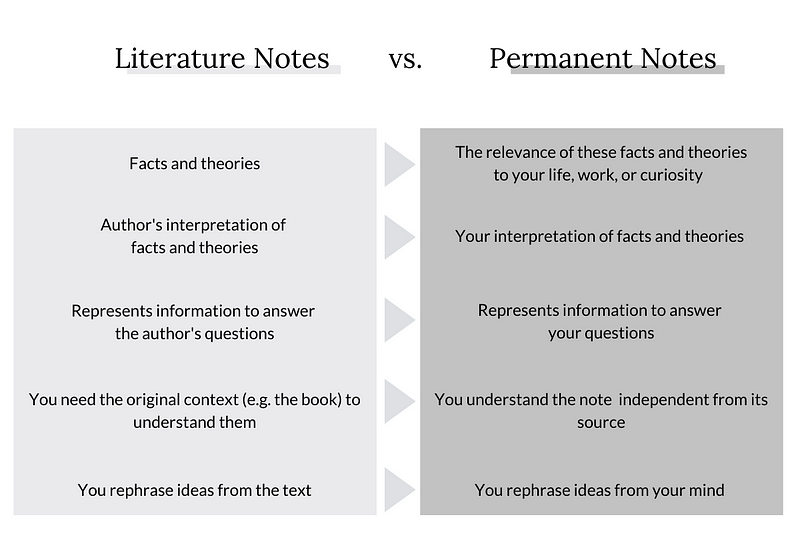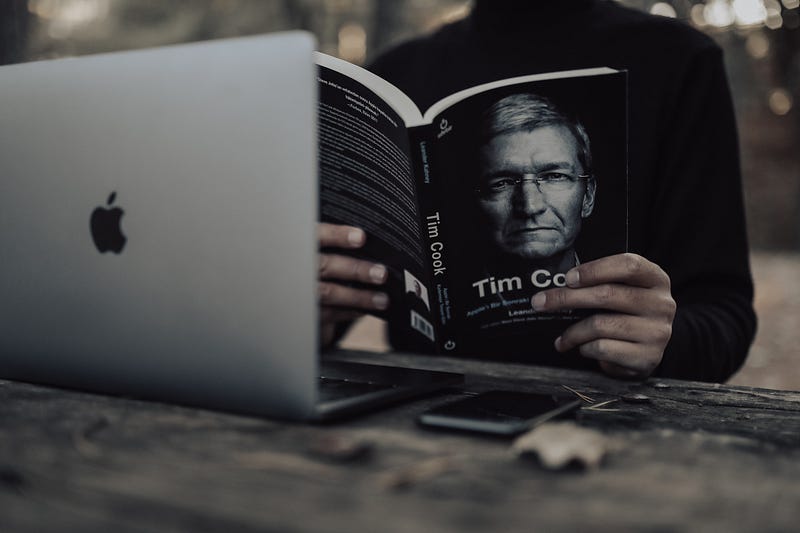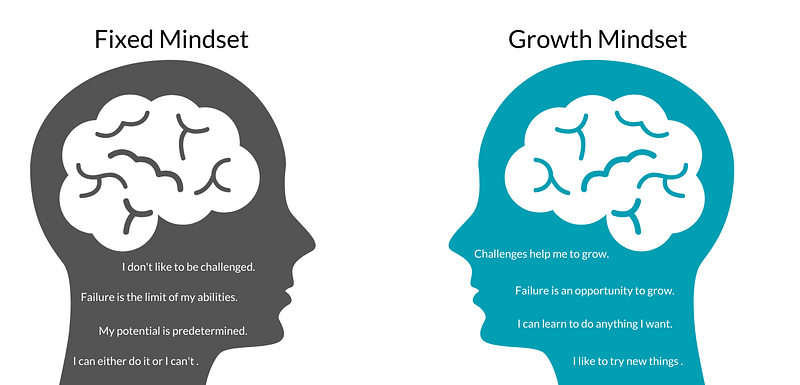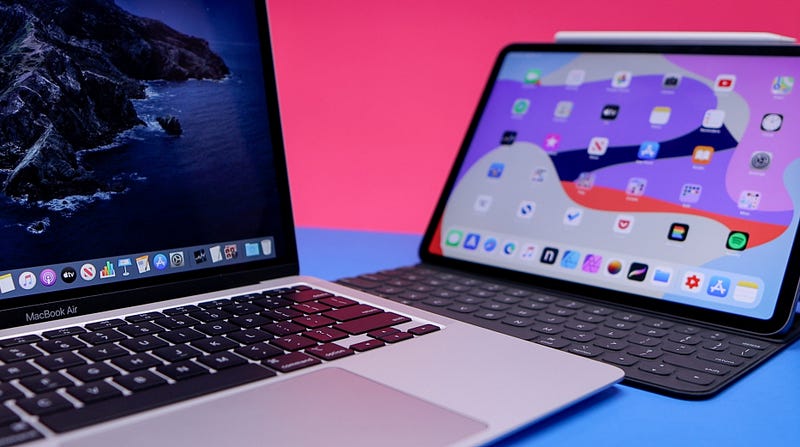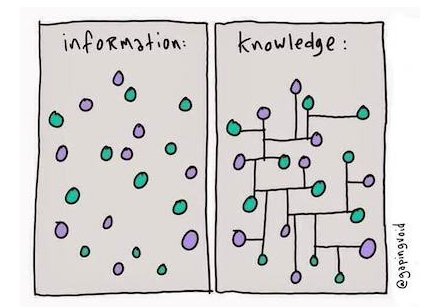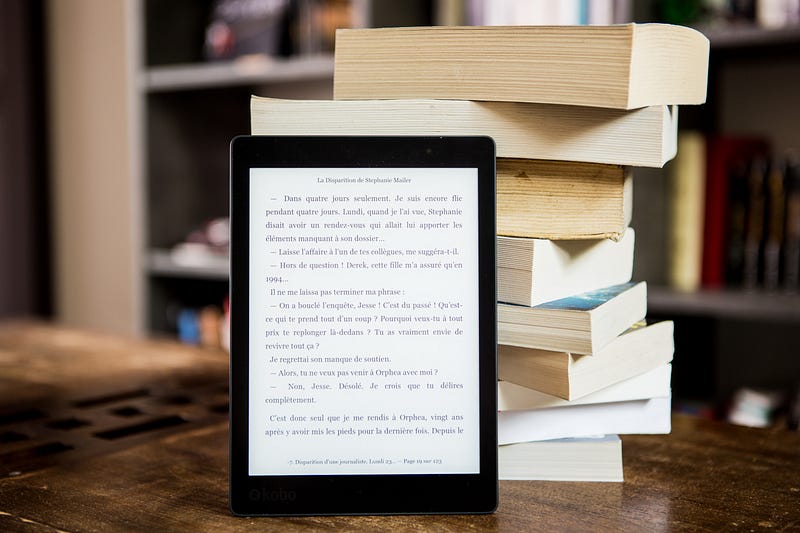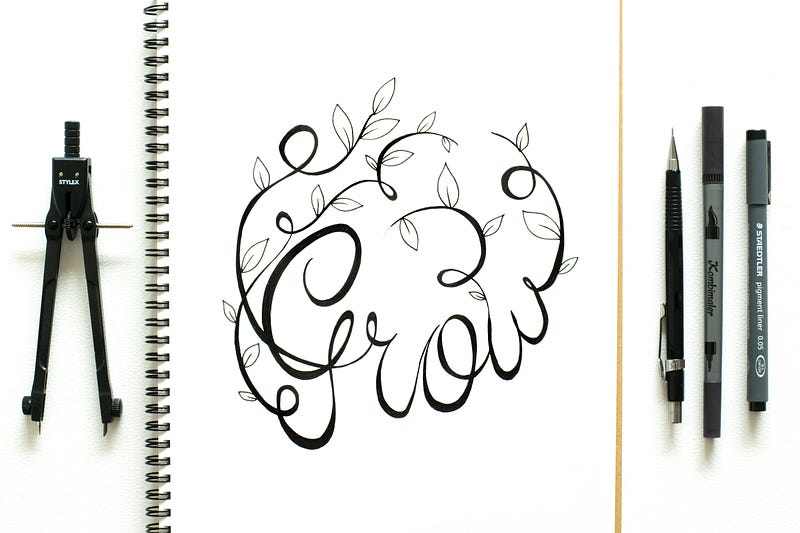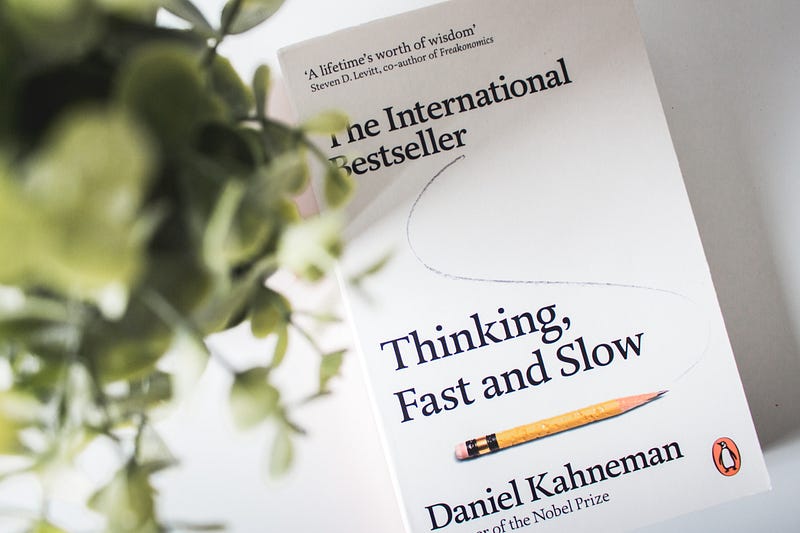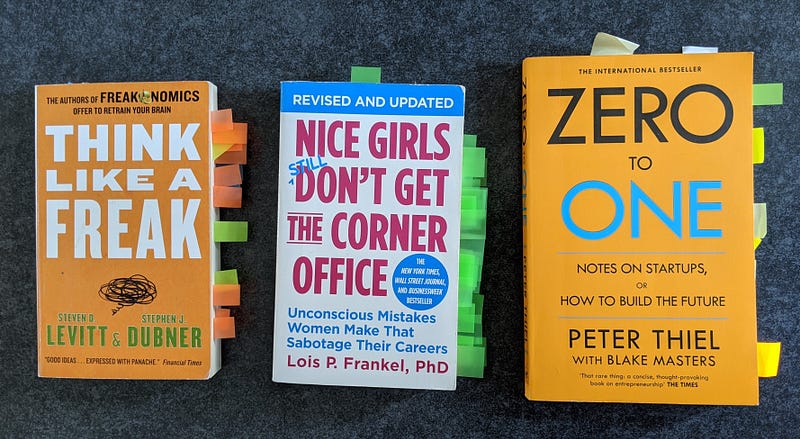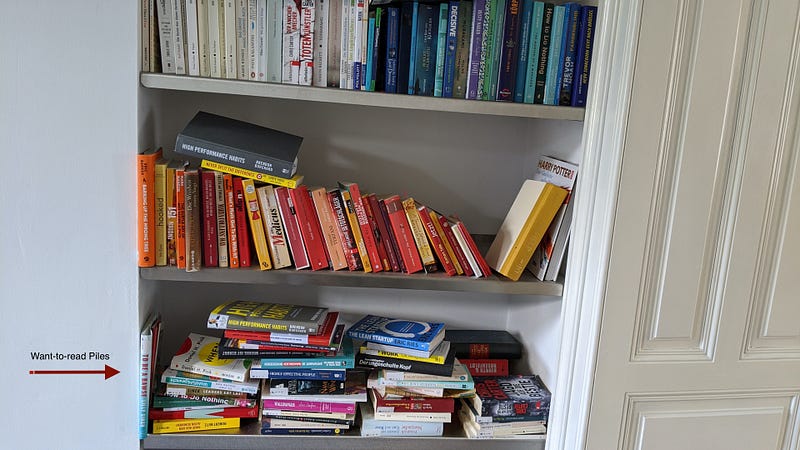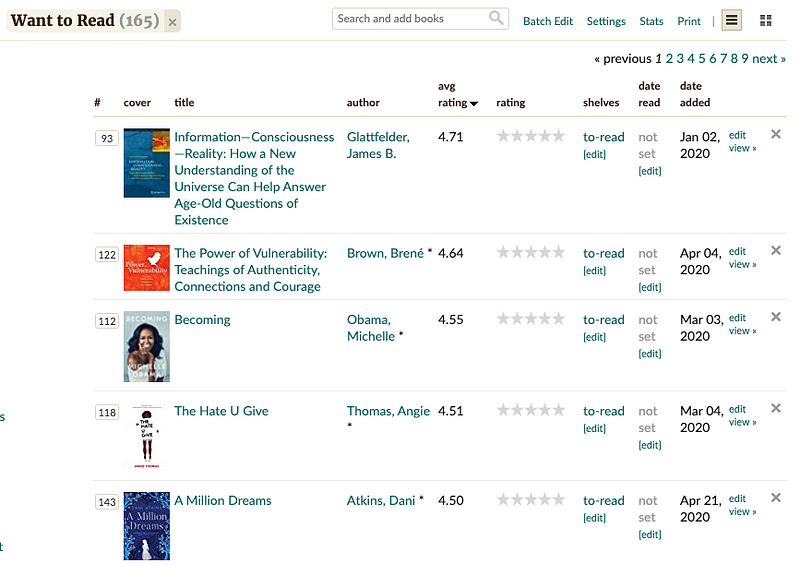Get the most out of your books.

Books give you access to the smartest brains on our planet. And learning from the greatest minds is your fast track to health, wealth, and wisdom.
But reading per se doesn’t improve your life. You can read a book a week without changing at all.
It’s about what and how you read that will improve your life’s quality and enhance your mind. Mortimer Adler, a famous philosopher, and prolific reader, used to say:
“In the case of good books, the point is not to see how many of them you can get through, but rather how many can get through to you.”
I read a book a week for more than three years now, and I always look for ways to improve my reading. Recently, I reread Mortimer Adler’s classic ‘How to read a book,’ where he shares great advice. Here are the four levels of reading and how to apply them:
Level 1: Read like a first grader.
This level of reading because it’s what you learned as a kid in elementary school.
How to do it:
If you can read these words, you’ve probably mastered the level of basic reading. Congrats!
Level 2: Become an inspectional pre-reader.
Think of this level as a quick chat you have with the author. Instead of devoting ten hours to a book only to discover it had not much to say to you, you can use inspectional reading to avoid it.
The goal is to determine whether you should read the entire book, a few chapters, or nothing at all.
Before I learned about these levels, I was among the people who’d dive straight into a book. I wouldn’t bother to read the table of contents or the preface. I started to read from front to back, unknowingly wasting a lot of time.
You don’t owe the author anything. Dare to skip pages or even chapters. A non-fiction book’s sole purpose is to help you grow by answering your questions or introducing valuable ideas.
And here’s where becoming an inspectional pre-reader can help you. You do this step before you start reading. The goal here is to decide within around 10 to 30 minutes whether a book is worth your time.
How to do it:
Set yourself a time limit of 10–30 minutes and complete the following four steps for every time-intense non-fiction book you plan to read.
- Look at the cover and skim the preface. When doing so, you’ll get a feeling for the book’s category.
- Read the table of contents. Which chapter is most relevant to you? Read a few paragraphs from the chapter to grasp whether the book meets your expectations.
- Identify the main points. After steps one and two, you have an understanding of the book’s most important points. Look at the pivotal chapter to the argument and check the structure and connection. Does it resonate with you? Read a paragraph or a page, and figure out if you want to read the book.
Level 3: Know how to analyze any non-fiction book.
Yay! You’ve found a book worth reading. Thereby, you moved past the quick chat from the second level and started an intense conversation with the author.
Once you chose your next great book, the effortful part begins, also called active reading.
When I first learned about this level, I sighed. Why would I put even more time into reading? Analyzing a book seemed like slowing me down.
But the opposite is true. Effortless reading is like writing in the sand, here today and gone tomorrow.
While reading, most people think they understand the texts they read. But understanding doesn’t work like this. As scientists write in ‘The science of successful learning’: „Mastering the text is not the same as mastering the ideas behind them. “
“The more effort the better.”
— Mortimer Adler
To really master the ideas behind a text you need to think about what’s being said. You want to deploy your metacognition. What does the author want to say? How does it relate to what you already know? What context can you think of to apply the arguments?
Take notes along the way. Expand on your notes the deeper you dive into the arguments. Make reading a conscious effort because that’s how you will remember most of what you read.
How to do it:
Answer these three questions every time you read a book.
- What is the book about as a whole? Look at the cover at the table of contents and write down the answer in your own words.
- What is being said in detail, and how? This is where you want to use your metaknowledge and rephrase the critical argument.
- Is the book true, in whole or in part? Critical thinking and constructive criticism will help you put the book into perspective. You could answer this question only if you mastered the previous two.
Level 4: Unlock the power of syntopical reading.
This level is pretty hard. I’ve only done it once so far, and it only makes sense if you want to explore a specific topic or research question in depth. Level four is not about a single book but about how the books you read relate to each other.
The aim isn’t to understand one single book but to understand an entire subject. By deploying syntopical reading, you can compare their arguments, explore research questions and draw a knowledge map.
“With the help of the books read, the syntopical reader is able to construct an analysis of the subject that may not be in any of the books. It is obvious, therefore, that syntopical reading is the most active and effortful kind of reading.“
— Mortimer Adler
From a learning perspective, this level is terrific. To learn something, you need the information itself and its relation to what you already know. So-called memory cues help you access information when you need it.
How to do it:
Determine the subject and collect all the books you read related to it. Then, find the relevant passages of the books and rephrase them in your terms.
While summarizing the key ideas, focus on your questions instead of the author’s answers. Only pick the arguments relevant to your questions.
Once you’ve collected the key points from all the different books, order them in relation to one another.
Lastly, analyze the discussion. Even if you’re not a writer, an article can be the best tool to do this.
Research shows the more you create, the more creative you become. The best ideas and connections will arise once you flow into the writing process.
Final Thoughts
Following Mortimer Adler’s levels seems complex. But these principles make reading worthwhile and help you get more from your books.
- Read at the elementary level.
- Use inspectional pre-reading to pick the best book for you.
- Become an effortful reader by answering the three key questions.
- Deploy syntopical reading whenever you want to dive deep into a topic.
Instead of feeling discouraged by all the ideas about what you could do to improve your reading, enjoy experimenting at your own pace. Keep the ideas that work for you and screw the rest.
Choose one or two new ideas until you find a pattern that helps you on your journey to health, wealth, and wisdom.
“Reading is a basic tool in the living of a good life.”

